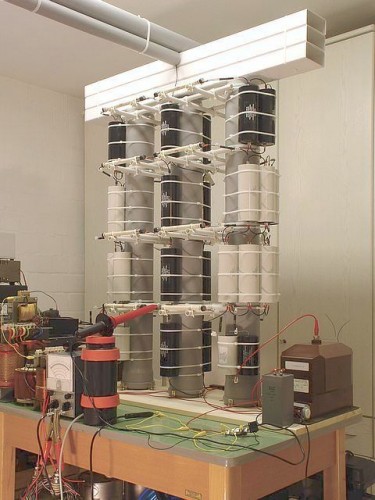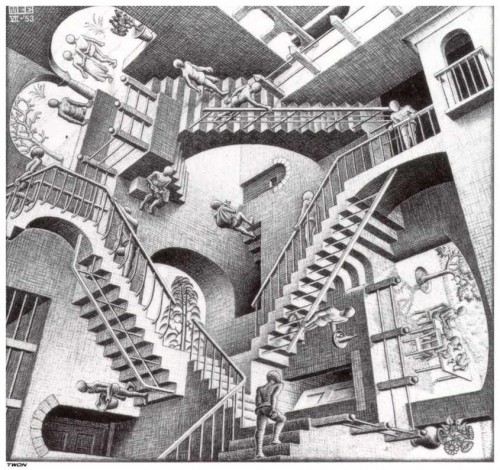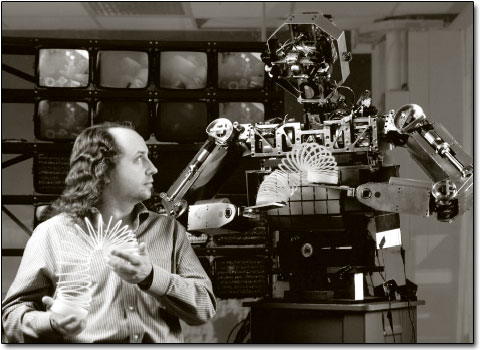
There are a few switching power supply topologies that are particularly important for audio amplifiers – each with its set of advantages and disadvantages:
Flyback
The flyback tends to be the least expensive of the switching supply types, as it uses only one negative rail-referenced switch. It also lends itself well to multiple regulated rails, so it makes for a very nice auxiliary supply in an amplifier. This type of switching supply is generally not used as the main supply for audio amplifiers for these reasons:
• All transferred energy must be stored in the core
• The switching is usually hard switching, which may present issues for audio performance
• Use of a single switch also limits the maximum power
Push-pull
The push-pull makes use of two switches that are both negative rail-referenced. This type of supply is very useful for car audio amplifier power supplies. It generally sees little, if any, use in mains-powered audio amplifiers.
Half-bridge
The half-bridge uses two switches as does the push-pull, however one of the switches is not referenced to the negative rail, instead it is “floating”. This complicates the drive requirements somewhat, however there are significant benefits:
• Resonant switching is easily achieved for higher efficiency and lower system noise
• Resonant transitions are automatically clamped at the rails, so energy due to magnetizing/leakage inductance is recycled
• Maximum use is made of the transformer core and windings
Full-bridge
A full-bridge supply is essentially a combination of two half-bridge supplies with the switch timing adjusted accordingly (i.e. alternating).
There is one interesting variation of the full-bridge supply that allows for both resonant switching and output voltage regulation – this is the phase shifted full-bridge. It achieves zero-voltage switching (ZVS) which is ideal for MOSFET type switches. One important detail is that the MOSFETs must have fast intrinsic body diodes or the supply can suffer from reliability issues with light loads.
Power Factor Correction
Power factor correction (PFC) is starting to find its way into amplifier power supplies. It is not a power supply per se, as it provides no galvanic isolation, rather it is an additional stage that is placed before the main power supply (e.g. half-bridge, full-bridge, etc.) There are benefits to using a PFC front end:
• Maximized utilization of a given ac service (i.e. unity power factor)
• Universal input (85Vac-265Vac) with a regulated bus voltage
• Higher bus voltage (~400Vdc) for greater bus capacitor energy density
Unfortunately, TANSTAAFL applies and a PFC front end suffers from these downsides:
• Reduced system efficiency (e.g. if the system efficiency is 85% without the PFC and the PFC itself is 85%, then the net efficiency with the PFC is 72%)
• Reduced system reliability (all the power flows through this stage and it is usually a hard-switched topology)
• Possibility of increased EMI and system noise due to high power hard switching







